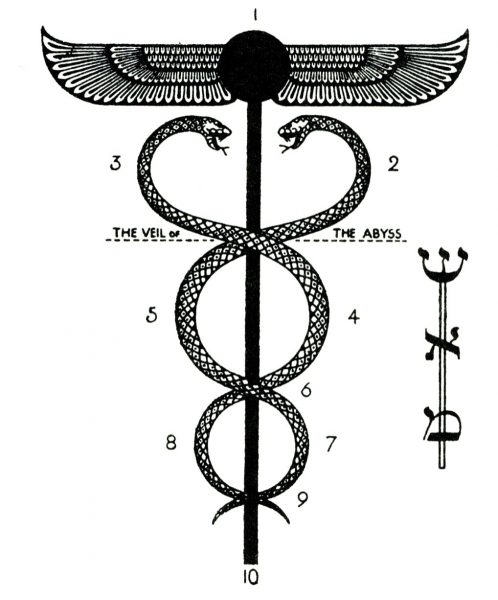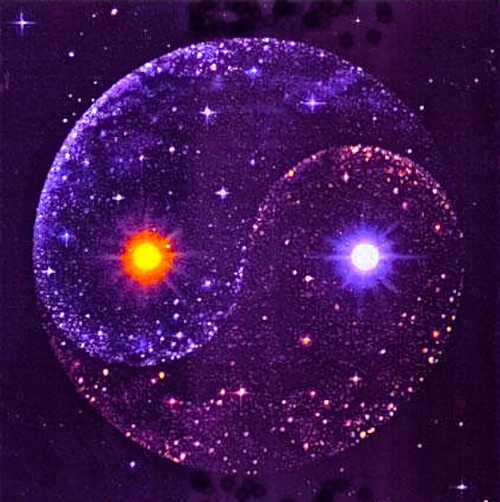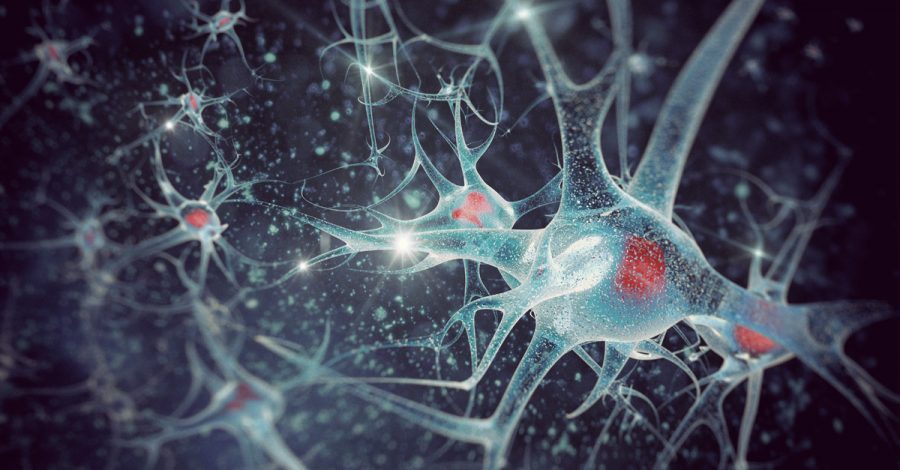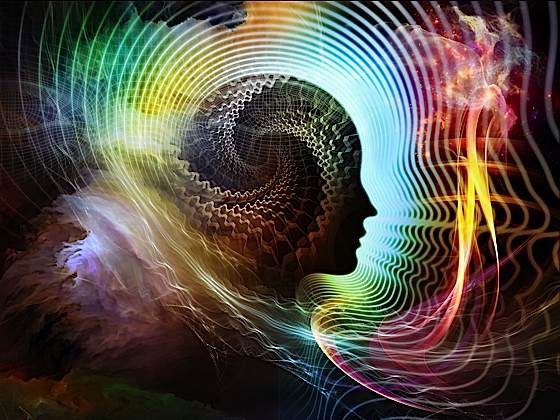Back in undergraduate school, I had the opportunity to take a class in Transcendental Meditation [TM], over a weekend during my freshman year. The concept that a simple practice could have potentially profound effects on both the physiology and psychology of a person was a stunning idea back then. The weekend progressed with lessons, audio tapes of the founder, and eventually the private revealing of the secret mantra alleged to be somehow specially chosen for me. A fellow classmate and I faithfully met each morning for the rest of the academic year and spent the twenty minutes in silent meditation. We figured that if we practiced together it would increase our likelihood of making the practice regular. I noticed throughout the year that I generally felt more relaxed and found the practice useful.
An equally profound realization crystalized later in the year, however, when attending a class led by the priest of our local Episcopal Church. He had described this as a course which would demonstrate a different form of prayer, called contemplative prayer, distinctly different from the more recognized prayer of petition common in church services. The Reverend at least provided some information that this earlier form of prayer had been quite central to the practice of early Christianity. As that weekend class continued, it became rapidly clear that the actual practice of contemplative prayer was in virtually every way identical to that of TM. The focus of contemplative prayer was a short phrase silently repeated, a mantra, but one in English.
What was special about this practice of quiet mental repetition? How or why did traditions so disparate as Hinduism and Christianity feature a practice identical except in the phrase of repetition itself. What kinds of benefits might accrue from such a practice? Does science have any information to bear on such an esoteric topic? What exactly is meditation, and what is the range of meditative practice? Good questions, and few enough answers.








